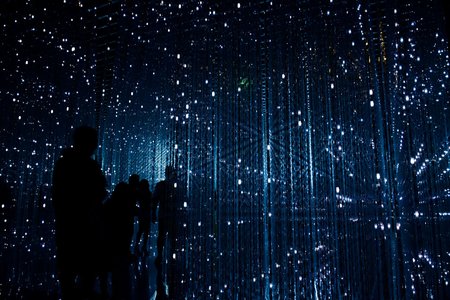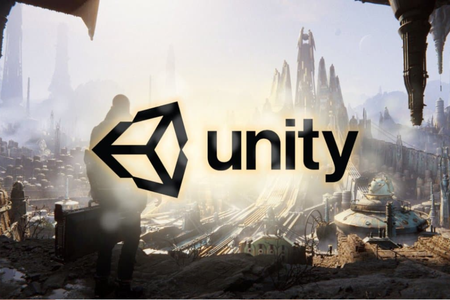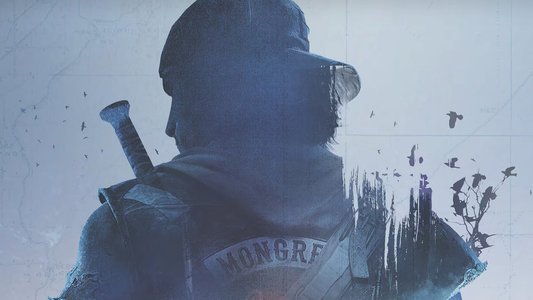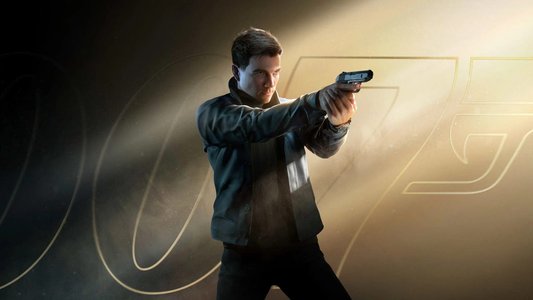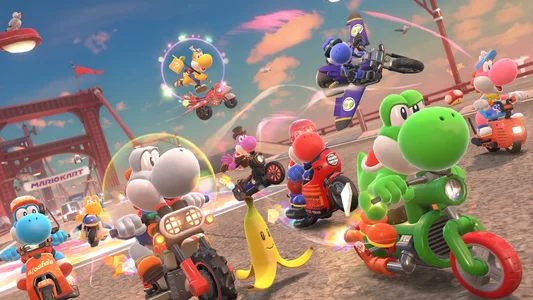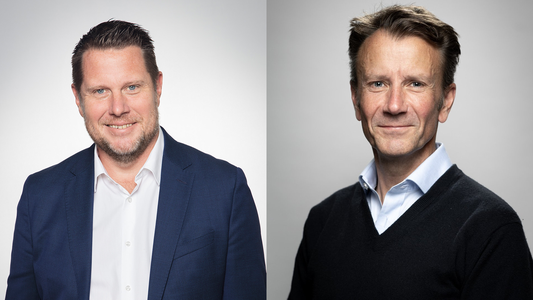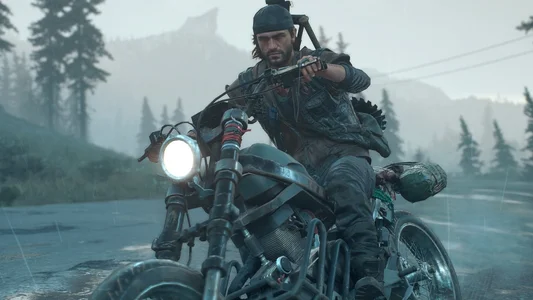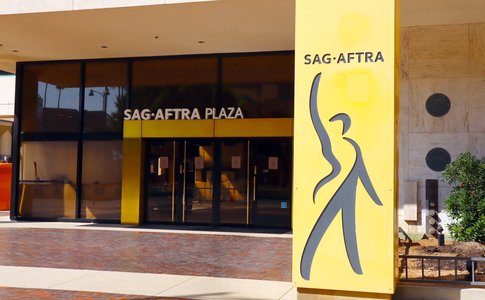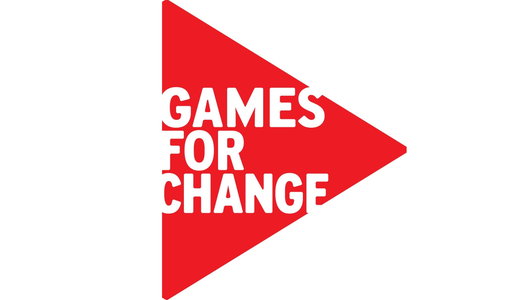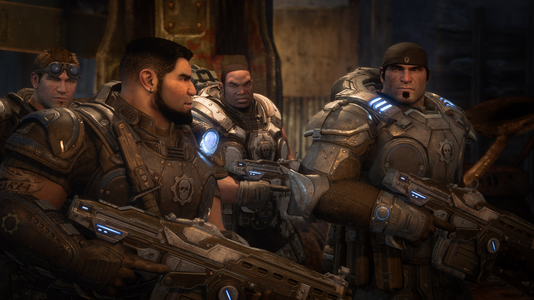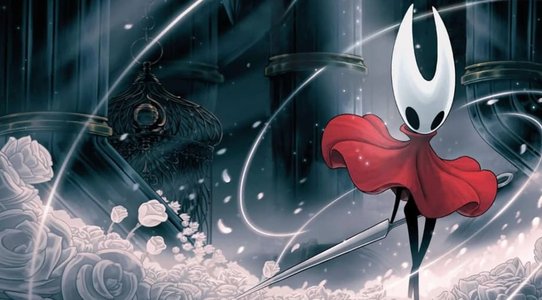This Audio Design Deep Dive is a fresh, game audio-focused spin on Gamasutra's popular Game Design Deep Dive series, which aims to shed light on specific features or mechanics within a video game in order to show how seemingly simple, fundamental design decisions aren't really that simple at all.
If you enjoy this sort of focused look at the nuts and bolts of game development, check out earlier installments on design of the Clockwork Mansion level in Dishonored 2, creating a new language for Planet Coaster, and maintaining tension in Nex Machina.
Also, dig into our ever-growing Deep Dive archive for developer-minded features on everything from Amnesia's sanity meter to the Invasion of Privacy missions in Watch Dogs 2.
Who: Martin Stig Andersen, sound designer and composer
I’m Martin Stig Andersen and I worked as a composer on Wolfenstein II: The New Colossus.
Previously, I worked as a composer and sound designer on LIMBO and INSIDE. Then I got in touch with MachineGames’ creative director Jens Matthies, who was interested in bringing me on to help collaborate on the score for Wolfenstein II.
(Editor's Note: Make sure to check out our Audio Design Deep Dive from last year about using a real human skull to create the sounds of INSIDE.)
LIMBO, INSIDE and Wolfenstein II are actually the only games I've worked on so far; my background is in composition, especially electroacoustic composition (which is all about extracting music from everyday sounds) and electronic music. But to be honest, I very much prefer working with visual media.
For me, it is very interesting to see what happens when you combine the two medias: visuals with sound. I've enjoyed getting to work on games and experimental films, because I'm fascinated by how you can totally change the meaning of a scene through sound.
What: Using the unique Baschet instruments to score Wolfenstein II
While working on the soundtrack for The New Colossus I had the opportunity to visit the Baschet workshop, outside of Paris, and spend some time making bespoke recordings with the Baschet instruments that are housed there.
It’s hard to describe the experience of working with these sonic structures if you haven’t seen them in person: the instruments resemble sculptures of metal sheets, folded into geometric shapes and attached to rods of crystal and metal. For this project, most of the Baschet instruments I used were played by wetting my hands and running them along crystal sticks, much like you might dampen a finger and run it along the rim of a glass to make sound.
On this project I had help from sound designer and Foley artist Nicolas Becker, in France; he's worked on a lot of films (including Arrival, Gravity, and Cosmopolis) with a lot of notable directors, including Roman Polanski, David Cronenberg, and Danny Boyle. I got him on from the beginning of my involvement on the project, so most of the music that I did is based on recordings that he provided.
We basically had these Skype sessions where I explained what I was looking for: something that has orchestral textures, but with no orchestral instruments in it. During our collaboration he went to the Baschet workshop to do some work as a composer on another film, and he wrote me that I had to come down and record with him for the Wolfenstein project.
It was kind of funny, after the recording session I had a note from the guy who runs the workshop (Frederic Fradet) saying that it was interesting how quiet it was while we were working. That's not exactly how I remember it, but I think it's because most of the time when we played the instruments we were focused on amplifying really interesting stuff, so we had headphones on; the thing is that when you do even small sounds on the Baschets that way, they can sound really big. I mostly focused on the instruments with deeper registers, because I wanted to evoke something that sounded like massive trombones.
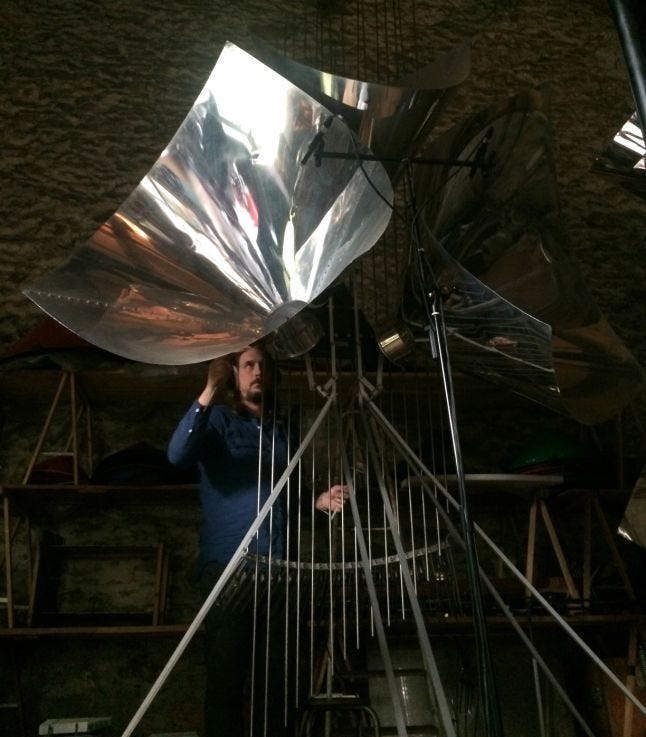
Nicolas Becker making sounds with one of the Baschet sound sculptures
For post processing I used an AKG BX15 Spring Reverb a lot in the score; I actually bought it specifically for the Wolfenstein project. When you play metallic sounds through it, they get very trembling and rattly, so in that way it made some of the samples from the Baschets sound like the brass section in a symphony orchestra.
You might feel while listening that it's almost reverberating all around you, like an airplane. The Baschets are really alive and vibrant, so there's a lot of stuff going on there sound-wise. And that can excite a tube in the overdrive rig, or in the Spring Reverb, in unforeseeable ways.
<iframe title="Embedded content" src="https://w.soundcloud.com/player/?url=https%3A//api.soundcloud.com/tracks/350575426&color=%23ff5500&auto_play=false&hide_related=false&show_comments=true&show_user=true&show_reposts=false&show_teaser=true&visual=true" height="200px" width="100%" data-testid="iframe" loading="lazy" scrolling="auto"></iframe>So it was a lot of fun and productive to experiment with making sounds with the Baschet instruments, then distorting those sounds in different ways to compose the soundscape for Venus of The New Colossus. The track "Venus", for example, was created entirely from the recordings of the Baschet instruments.
By contrast, the story of composing the "Lontano" track, also for Venus, is kind of interesting; the game's audio director (Nicholas Raynor) really liked the “Venus” track, so he was suggesting that I make yet another "sci-fi" variation of it. More synth-y, using more conventional instrumentation.
<iframe title="Embedded content" src="https://w.soundcloud.com/player/?url=https%3A//api.soundcloud.com/tracks/350573914&color=%23ff5500&auto_play=false&hide_related=false&show_comments=true&show_user=true&show_reposts=false&show_teaser=true&visual=true" height="200px" width="100%" data-testid="iframe" loading="lazy" scrolling="auto"></iframe>But I didn't want to do a pure synth track, so I promised that I would find a way to do a different take on that idea. I worked on that for a week. Then on Friday, I purposely deleted everything and went home.
But then the week after I was just checking out some sci-fi soundtracks from the '60s, when the game takes place, and I noticed that around 90 percent were still very orchestral. So I thought that was something I would explore instead; I already had a lot of brass sound from the Baschets, so I mashed that up a bit of some old orchestral pieces I did and then had an assistant (Katrine Amsler) help me process some of the Baschet sounds through a Micromoog analog synthesizer and a Russian Sovtek vacuum tube amplifier.
Because in the concepts for The New Colossus' Venus level, you can see these lightning storms in the atmosphere, and so I wanted to use analog gear to give the music an appropriately "crackling" distortion. Although I incorporated some mashed-up strings, the “Lontano” track is still 90 percent Baschets.
<iframe title="Embedded content" src="https://w.soundcloud.com/player/?url=https%3A//api.soundcloud.com/tracks/350599375&color=%23ff5500&auto_play=false&hide_related=false&show_comments=true&show_user=true&show_reposts=false&show_teaser=true&visual=true" height="200px" width="100%" data-testid="iframe" loading="lazy" scrolling="auto"></iframe>0:00 - Bass phrase from the “Venus” composition
0:25 - The stem is processed with a Micromoog and a Russian Sovtek tube amplifier
0:55 - The sound is softened and unfolded by means of analogue spring reverb
1:27 - The processed sound as incorporated into the “Lontano” composition
When I submitted the final version of that track, the audio director said he had never received something that was so far from what he was expecting -- but he also said that he totally loved it. Sometimes, I think it pays to just trust your gut and submit something totally different.
Why?
When I go to a location like the Baschet workshop, I try to bring with me some basic ideas of what I want to explore. But most of all, I'm just trying to keep an open mind; because if you have too many concepts in your head, you may miss the best opportunities.
That said, there were a few things I was thinking about: I wanted to make something otherworldly, but I don't like to do synth-y electronic scores. That's been done so many times. So I was looking for something more organic, and the Baschet instruments definitely provide that. Something that is more like a physical, weighty sound.
Also the Baschets had an orchestral reference that I wanted to explore in relation to the Venus level. Something that could carry an almost Wagnerian quality. I had already been working with the Seufzermotiv or musical sigh which is a falling half note, used a lot in romanticism. But instead of using classical instruments I had created the motif by airplane fly-bys and other real world sounds, and by way of analogue procession made them sound more instrumental.
With the Baschets occasionally I went the other way around. By distorting them they attained the aforementioned airplane like quality, and in that way the Baschets came to complement very well my previous work on the score, which was based primarily on sound effects recordings.
<iframe title="Embedded content" src="https://w.soundcloud.com/player/?url=https%3A//api.soundcloud.com/tracks/350599423&color=%23ff5500&auto_play=false&hide_related=false&show_comments=true&show_user=true&show_reposts=false&show_teaser=true&visual=true" height="200px" width="100%" data-testid="iframe" loading="lazy" scrolling="auto"></iframe>0:00 - Original recording
0:17 - Transposed 1 octave down with some light analogue harmonic distortion added
0:41 - The previous sound as incorporated into the “Venus” composition
No tags.




